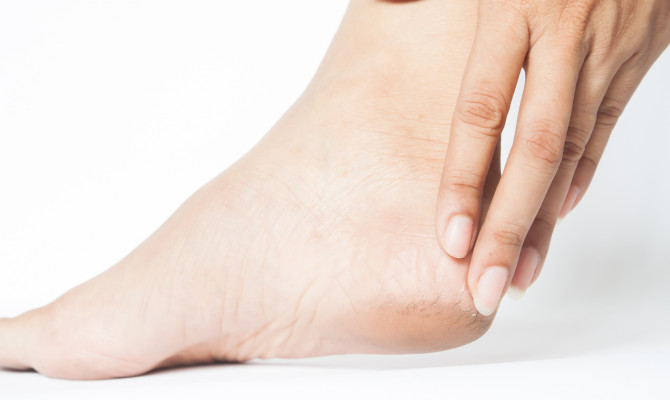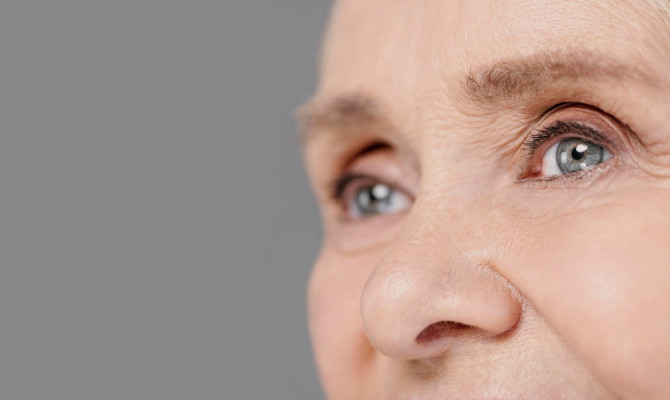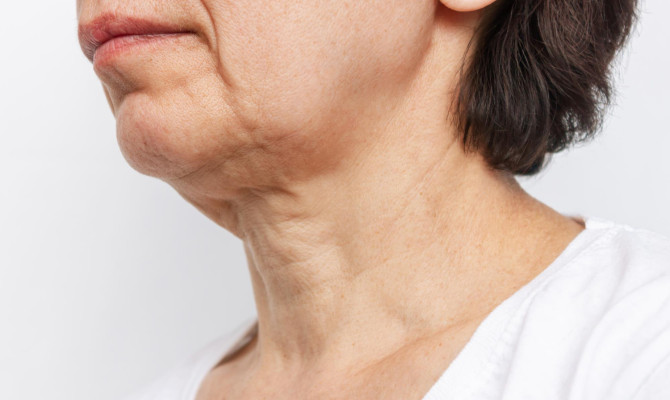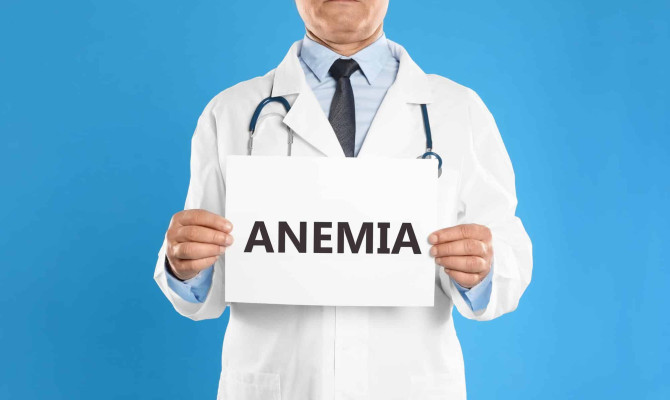GERD : Causes, Symptoms, and Management

- GERD
- 16 Aug 2023
Overview
What is GERD ?
Gastroesophageal reflux disease (GERD), a persistent condition affecting the digestive system, is marked by the backflow of stomach contents into the esophagus.
The esophagus is defined as a muscular conduit that moves food from the oral cavity to the stomach. When the muscle at the lower end of the esophagus fails to close properly, it results in the leakage or reflux of stomach contents back into the esophagus, causing irritation.
In the United States, GERD is a commonly diagnosed digestive condition, affecting approximately one-fifth of the population. This condition imposes a substantial economic burden due to direct and indirect costs, and it also has a negative impact on individuals’ quality of life.1Overview| Researched based study from Nlm.nih.gov

Symptoms
Symptoms of GERD
Typical symptoms of GERD often include
Heartburn
- The discomfort is characterized by a searing and stinging feeling centered in the mid-chest, situated behind the breastbone, and has the potential to spread from the lower portion of the breastbone towards the throat.
Regurgitation
In this, stomach contents flow back into the throat or mouth, resulting in a taste of food or stomach acid. Nevertheless, not all adults experiencing GERD exhibit heartburn or regurgitation as symptoms. Other possible manifestations may encompass
- Chest discomfort
- Feeling of queasiness or upset stomach
- Difficulties in swallowing or discomfort during swallowing
- Signs that may suggest the presence of complications in the mouth, throat, or lungs, such as ongoing cough or hoarseness.2Symptoms| Researched based study from Niddk.nih.gov
Causes
Causes of GERD
Inappropriate relaxation of the lower esophageal sphincter
- Once the food is swallowed and travels through the esophagus, it triggers the production of stomach acid and pepsin (an enzyme) by stimulating specific cells in the stomach, which assist in the process of digestion.
- A circular muscle called the lower esophageal sphincter (LES) acts as a protective guard at the lower end of the esophagus to block the reverse movement or reflux of the contents of the stomach contents into the esophagus.
- Under normal circumstances, the LES relaxes in order to allow food that has been swallowed to pass into the stomach.
- However, gastroesophageal reflux disease (GERD) can occur when this barrier is inappropriately relaxed, weakened, or otherwise compromised, leading to the reflux or backward flow of stomach contents into the esophagus.
Impaired esophageal defenses
- GERD can also arise when the esophageal defenses are unable to withstand the onslaught of gastric contents that reflux back into the esophagus, resulting in potential harm or injury to the esophageal tissue.
Hiatal hernia
- Hiatal hernia can increase the susceptibility to GERD.
- A hiatal hernia happens when a portion of the stomach moves from its normal position in the abdominal cavity up into the chest area, passing through the diaphragm.
- The integrity of the diaphragm plays a vital role in the proper function of the LES in preventing acid reflux. when the diaphragm is compromised or not intact, it can have a negative impact on the ability of the LES to effectively prevent acid reflux from occurring.
- A hiatal hernia can potentially lead to a reduction in the pressure of the LES, which is essential for maintaining the anti-reflux barrier.3Causes| Researched based study from Aboutgerd.org
Stages
Stages of GERD
GERD is classified into various stages, which are determined based on the severity and frequency of symptoms experienced by individuals:
1st stage: Mild GERD
- Occasional instances of acid reflux happen once or twice a month. During this stage, GERD symptoms can typically be effectively controlled through dietary and lifestyle modifications and over-the-counter acid reflux medication if necessary.
2nd stage: MODERATE GERD
- Symptoms occur with enough frequency to necessitate prescription acid reflux medication, typically taken on a daily basis. GERD symptoms may interfere with daily activities.
3rd stage: Extreme GERD
- At this stage, the symptoms can be severe and may not show improvement with prescribed treatment. If the patient’s quality of life is significantly impacted, the doctor may recommend surgical intervention as a potential solution for addressing GERD.
4th stage: Pre-malignancy or malignancy
- Prolonged untreated severe GERD symptoms can lead to the development of Barrett’s esophagus, a condition that carries a higher risk of developing into esophageal cancer.
- Timely treatment is crucial in order to prevent the progression of precancerous lesions into cancerous growths.4Stages| Researched based study from kansashealthsystem.com
Risk factors
Risk factors of GERD
Lifestyle
- Obesity
- Consumption of alcohol
- Physical activity after a meal
- Vigorous exercise
- Smoking
- Insufficient or inadequate regular exercise.
Consumption of certain foods
- Foods that are high in fat or deep fried
- Acidic, spicy, or sour food products
- Carbonated drinks
- Tomatoes and tomato-based products
- Chocolates
- Orange and grapefruit juice
- Caffeinated drinks like coffee/tea
Eating habits
- Inconsistent meal timing
- Consuming large meals
- Eating close to bedtime.5Risk factors| Researched based study from Nlm.nih.gov
Complications
Associated complications
Esophagitis
- It is a condition characterized by inflammation of the esophagus, often resulting from acid reflux, which is a common complication.
- In more severe cases, inflammation of the esophagus (esophagitis) can lead to constriction or narrowing of the esophageal passage, causing difficulty in swallowing.
Tooth enamel erosion
- The enamel of the teeth can be permanently eroded by the acid that comes up from the stomach, leading to tooth enamel erosion.
- This can elevate the risk of dental issues, such as tooth loss, and frequent acid reflux can also result in chronic bad breath.
Irritation of airways
- The airways can become irritated when small amounts of acid from the stomach reflux and may inadvertently fall into the windpipe, which is distinct from the esophagus.
- Over time, this repetitive irritation of the airways by acid reflux can lead to worsening respiratory issues, such as asthma, or even trigger respiratory problems in individuals who previously did not have asthma.
Bleeding and red or black stool
- If acid reflux is causing erosion of the esophagus or small tears, it can result in red or black stool, indicating bleeding in the digestive tract.
Barrett’s esophagus
- This refers to a medical condition where the cells in the esophageal lining undergo changes as a result of prolonged exposure to acidic substances. This can result in the replacement of the normal esophageal tissue with tissue that resembles the lining of the intestines. which is considered precancerous, as it increases the risk of the cells developing into cancerous cells.
- It is a significant concern and should be closely monitored by healthcare professionals.6Complications| Researched based study from Nhsinform.scot
Diagnosis
Diagnosis of GERD
Physical examination
- The diagnosis of GERD is often uncomplicated and easily determined when patients exhibit typical symptoms without any complications.
- When patients do not exhibit the typical symptoms, diagnosing GERD becomes more challenging.
- When there is uncertainty about the diagnosis or concerns about potential complications, diagnostic tests may be employed.
Effect of omeprazole
A recent study revealed that omeprazole (Prilosec), a proton pump inhibitor, may have a potential diagnostic role in GERD.
- Research has demonstrated that using a dosage of 40mg per day for 14 days, omeprazole is effective in relieving symptoms of acid reflux, and its efficacy is equivalent in specificity and sensitivity to the results obtained through 24-hour pH monitoring.
- When omeprazole fails to effectively alleviate reflux symptoms, it may necessitate further investigation into other potential causes for the patient’s symptoms.
Radiologic findings associated with GERD
Radiologic findings associated with GERD may encompass
- Erosions
- Hiatal hernia
- Mucosal fold thickening
- Impaired distensibility
A small proportion of patients with confirmed abnormal pH levels exhibit radiographic evidence of esophagitis. As a result, radiographic studies are not the preferred diagnostic test for GERD.
Endoscopy
- While endoscopy is a valuable tool for detecting complications associated with GERD, it is not a highly sensitive method for diagnosing GERD itself.
- Approximately 50% of patients with GERD demonstrate visible abnormalities on endoscopy.
Ambulatory pH monitoring
- It is widely regarded as the preferred diagnostic method for evaluating patients with GERD.
- This procedure involves placing a pH monitor above the lower esophageal sphincter in the esophagus and measuring pH levels at specific time intervals.
- During the 24-hour duration of the test, the patient documents the timing and circumstances in which symptoms occur, with the aim of correlating the symptoms with the decrease in esophageal pH that happens during reflux episodes.
- In certain regions, access to esophageal pH monitoring may be limited. Additionally, the procedure can be time-consuming and inconvenient, potentially causing discomfort for the patient.7Diagnosis| Researched based study from Aafp.org
Management
Managing GERD
Medication
Treatment options are available for managing GERD, with proton pump inhibitors (PPIs) being the preferred medications.
- PPIs function by suppressing the secretion of stomach acid by the parietal cells, thereby reducing the risk of esophageal irritation caused by acid reflux.
- Omeprazole is a commonly used medication for GERD and is widely prescribed. The recommended initial treatment approach often involves a course of total PPI dosages for a duration of four to eight weeks.
- After PPIs, alternative options for treating GERD include prokinetic medications and histamine H2 receptor antagonists.
- The mechanism of action of H2 blockers involves the inhibition of histamine H2 receptors present in the parietal cells, which ultimately results in decreased production of stomach acid. Examples of commonly used H2 blockers include ranitidine, famotidine, cimetidine, and nizatidine.
- Prokinetic medications promote faster emptying of the stomach, but they do not have significant effects on the transient relaxation of the distal esophageal sphincter. Domperidone and metoclopramide are commonly prescribed examples of prokinetic medications.
- Alginate and sucralfate antacids may be suggested as an alternative for patients who experience adverse reactions to PPIs or histamine H2 receptor antagonists, providing temporary relief from symptoms.
- Pregnant women should get special consideration when thinking about using these drugs because they could have teratogenic effects.
- A notable percentage of patients, estimated to be between 20% to 42%, do not experience satisfactory relief from GERD symptoms despite the use of PPIs, a condition referred to as refractory GERD. In such cases, amitriptyline, along with other tricyclic antidepressants or serotonin reuptake inhibitors, may be prescribed as potential treatment options.8Management| Researched based study from Cureus.com
Surgery
Patients who need long-term medication, are resistant to prolonged treatment, or have complicated types of GERD may consider surgical options.
- During the surgical procedure, an anti-reflux valve is created using the fundus of the stomach through a technique called fundoplication.
- Fundoplication addresses the anatomical deficiency by reducing the sliding hiatal hernia, which is commonly observed in 89% of patients with pathological GERD.
Prevention

Preventing GERD
- To achieve a healthy weight and maintain it
- To opt for smaller meals as part of eating habits.
- Foods that are acidic, fatty, or spicy are better to avoid as these heartburn-triggering factors.
- To keep away from alcohol
- To avoid consuming food close to bedtime.
- To choose to wear loose-fitting clothing to alleviate pressure on the stomach and potentially reduce the occurrence of heartburn.9Prevention| Researched based study from medlineplus.gov
Prognosis
Prognosis of GERD
The outlook for GERD is generally favorable, as the majority of individuals, around 80–90%, experience recovery with the use of antacids. Other medications may be needed for some individuals, though the timeline for recovery may not be well-defined. In certain cases, the recovery may be temporary or partial.
Any feedback on this article?
 This Articles content was accurate
This Articles content was accurate Very Informative Article
Very Informative Article I have a question or a comment
I have a question or a comment
 This article contains inaccurate content
This article contains inaccurate content This article was not helpful
This article was not helpful I have a question or a comment
I have a question or a comment
We appreciate your helpful feedback!
Checkout our social pages
References
-
National Library of Medicine
Gastroesophageal Reflux Disease | Overview
-
National Institute of Diabetes and Digestive and Kidney Diseases
Acid Reflux (GER & GERD) in Adults | Symptoms |
-
International Foundation for Gastrointestinal Disorders
What is GERD | Causes
-
The University of Kansas Health System
Gastroesophageal Reflux Disease (GERD) | Stages
-
National Library of Medicine
Risk factors for gastroesophageal reflux disease symptoms related to lifestyle and diet | Risk factors
-
NHS inform
Gastro-oesophageal reflux disease (GORD) | Complications
-
American Academy of Family Physicians
Gastroesophageal Reflux Disease: Diagnosis and Management | Diagnosis
-
CUREUS
Gastroesophageal Reflux Disease (GERD): Highlighting Diagnosis, Treatment, and Lifestyle Changes | Management
-
Medline Plus
GERD | Remedies





































